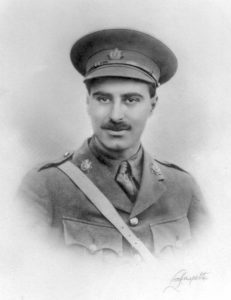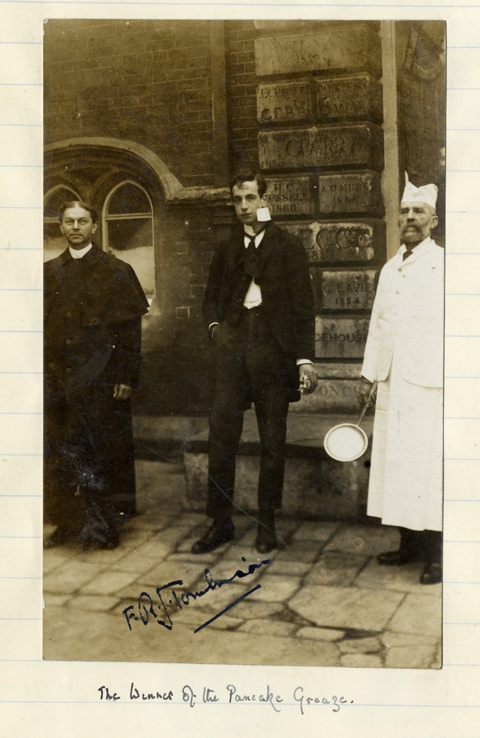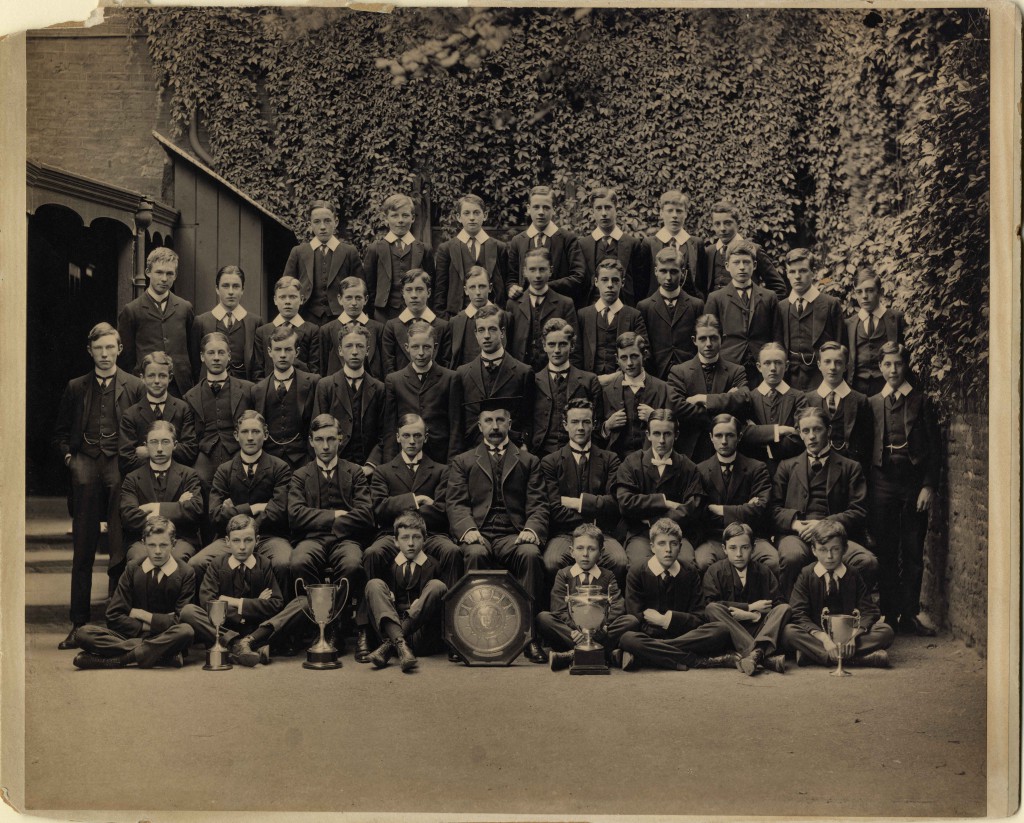Henry Lionel Storrs
 Henry Lionel Storrs was the second son of Harry Townsend Simons Storrs, Head Master of Shirley House Preparatory School and his wife Clara. He attended his father’s school, before obtaining a King’s Scholarship to Westminster in 1912. Henry was actively involved in many elements of school life. He won his full pinks for rowing, was a corporal in the school’s Officer Training Corps, and helped his house with the Singing Cup in his final year at the school. His obituary in The Elizabethan noted that his ‘high character was thoroughly appreciated’ at the school.
Henry Lionel Storrs was the second son of Harry Townsend Simons Storrs, Head Master of Shirley House Preparatory School and his wife Clara. He attended his father’s school, before obtaining a King’s Scholarship to Westminster in 1912. Henry was actively involved in many elements of school life. He won his full pinks for rowing, was a corporal in the school’s Officer Training Corps, and helped his house with the Singing Cup in his final year at the school. His obituary in The Elizabethan noted that his ‘high character was thoroughly appreciated’ at the school.
In 1916, Henry was elected to a scholarship at Trinity College Cambridge with both Triplett and Samwaies prizes. However, instead of going to University, he took a commission in the Royal Flying Corps in August of that year. He first went out to France as an observer in January 1917. In July of that year he returned to train to become a pilot, completing his course in November. In December 1917 he returned to France and served successfully until June. On 15th June he was wounded in a fight with ten enemy aeroplanes, but managed to make his way back to allied territory and to safely land his aircraft in the aerodrome. He was sent to the Duchess of Sutherland’s Hospital, near Arras where he died on pneumonia five days later.





